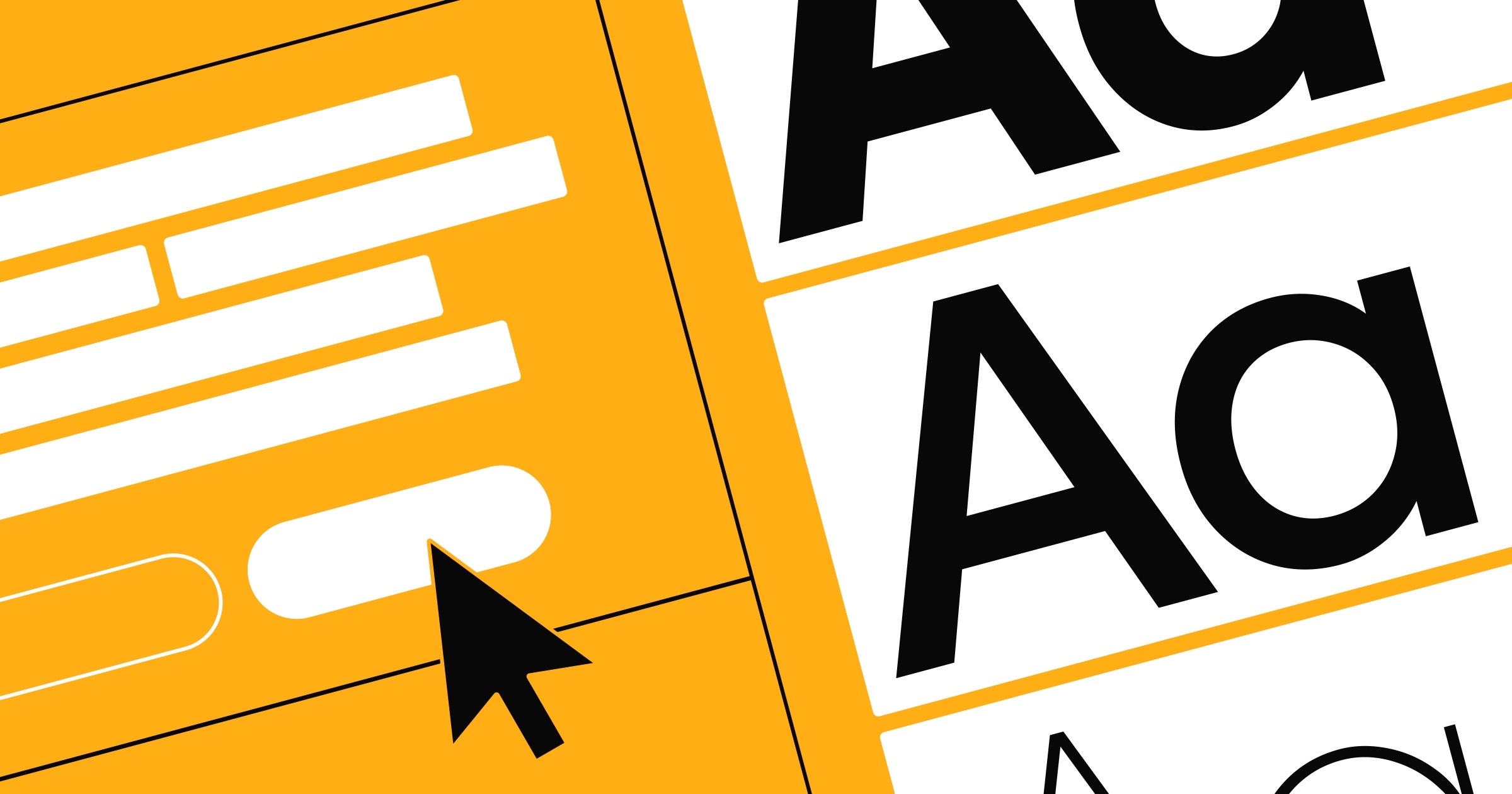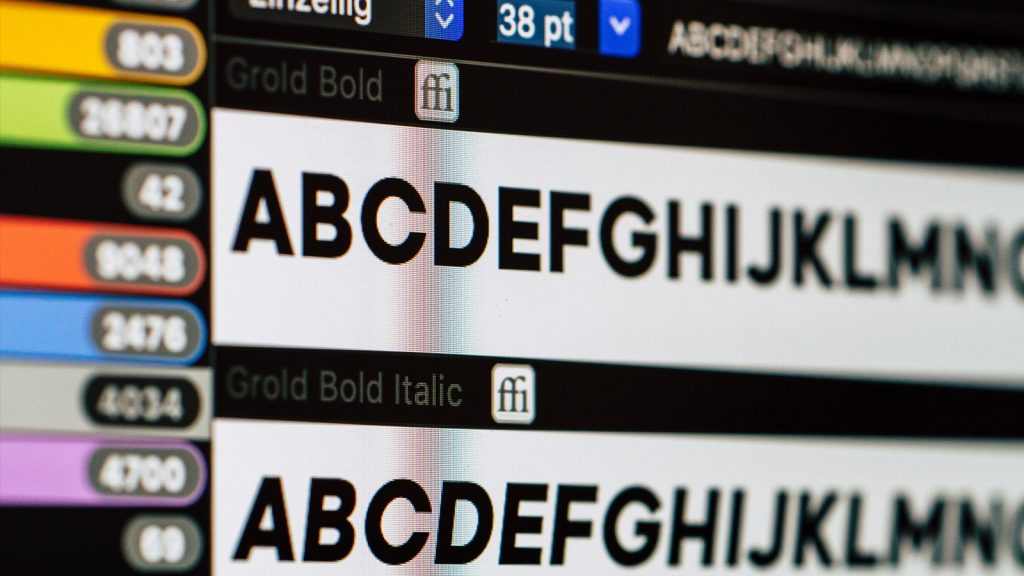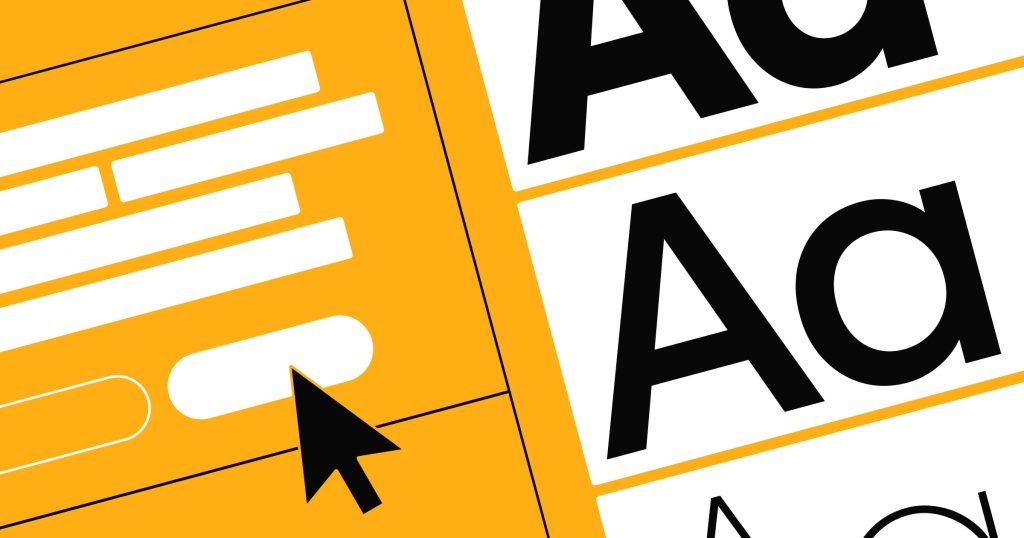14 Apr

Email font size is an important factor to consider when crafting your emails. It can affect the readability, user engagement and the overall visual appeal of your message. A font that is too small can be difficult to read, while a font that is too large can come across as unprofessional. The ideal font size will vary depending on several factors, including the recipient’s age and visual acuity, the length of the email, and the subject matter of the email.
While there is no one-size-fits-all answer to the question of what your email font size should be, there are some general guidelines that you can follow to ensure your emails are easy to read, look professional and are engaging for your audience.

First and foremost, the font size should be large enough to be easily readable. A minimum font size of 12 points is recommended for the main body text in your email. This size is large enough to ensure that the text is legible, even for people with visual impairments or those who are viewing your email on smaller screens such as smartphones.
However, you may choose to use a larger font size, depending on the design and the type of content in your email. For example, if you are sending a newsletter with a lot of content, you may want to use a larger font size to make it easier for your subscribers to quickly scan the contents of the email. For longer emails, consider using a font size of 12 to 14 points to make it easier for the recipient to read through the entire message. If your audience is older, or if you know that some of your subscribers have difficulty reading small print, consider using a larger font size to accommodate their needs.
In addition to the main body text, it’s also important to consider the size of other text elements in your email such as headings, subheadings, and links. It’s best to use a larger font size to help break up the text and make it easier for the recipient to navigate the email. These elements should be slightly larger than the main body text, but not so big that they overpower the rest of the content. Consider using a font size of 14 to 16 points for headings and 14 points for subheadings. This will help to create a clear hierarchy and make your emails easier to scan and understand.
Another factor to consider is the font style you use. Some fonts styles are easier to read in smaller sizes, while others look better at larger sizes. For example, sans-serif fonts like Arial, Helvetica, and Verdana are generally considered to be more legible on screens, while serif fonts like Times New Roman and Georgia are typically easier to read in print. These fonts styles are widely used and have been designed to be easy to read on screen.

When choosing a font size for your email, it’s also important to consider the type of device your subscribers will be using to view it. With the increasing popularity of mobile devices, it’s important to ensure that your email is optimized for different screen sizes and resolutions. Send out multiple versions of your email with different font sizes and see which one gets the best engagement and response rates from your audience.
Keep in mind that different email clients will display fonts differently, so it’s also important to first test your emails on different platforms and devices to see how it looks and make any necessary adjustments. This will ensure that your emails are legible and look professional on all devices.
Finally, once you have determined the ideal font size for your emails, stick with it. Consistency will help to build trust and familiarity with your audience, and will also ensure your emails are always well-received!
There is no single answer to the question of what your email font size should be. The font size you choose for your email can have a big impact on its readability and visual appeal. However, by following these general guidelines and considering the needs of your audience, you can create emails that are easy to read and engaging for your subscribers.



